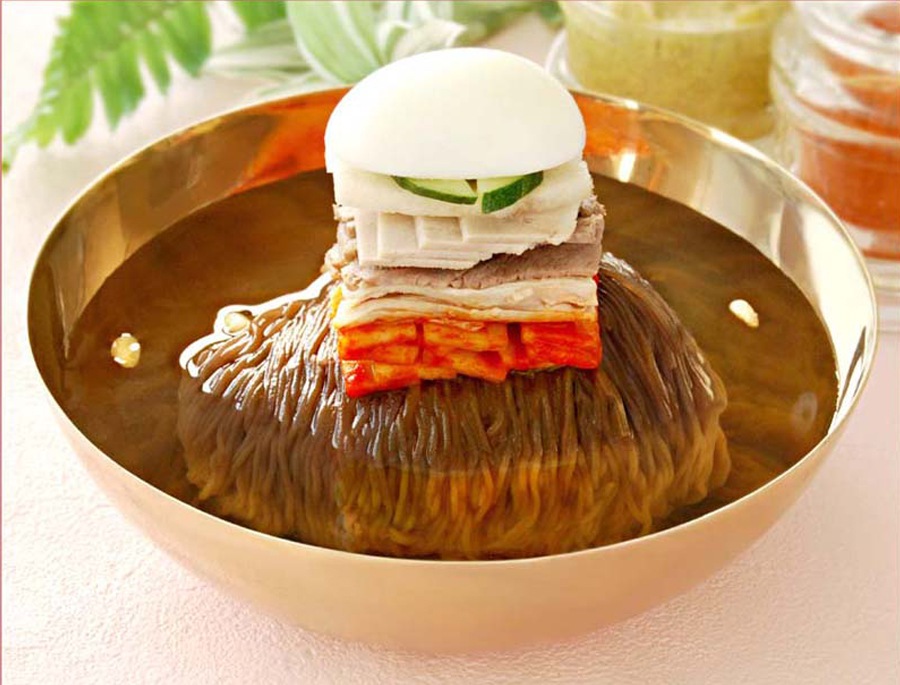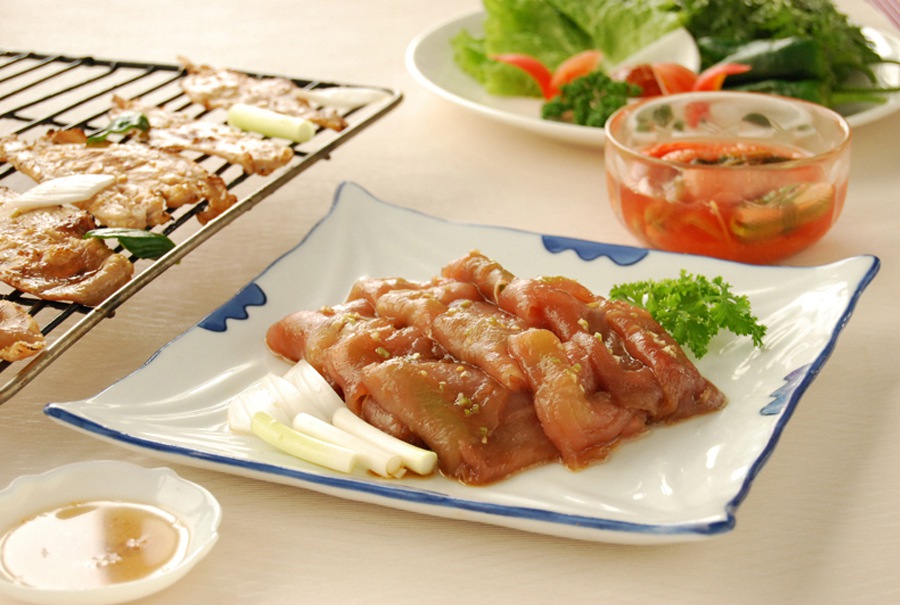
North Korean cuisine is one of the most unknown, but great cuisines of the world. So, I think we can all agree that today North and South Korea are very much different places, but this goes much deeper than the Korean war and their separation on the 38th parallel.
North Korea tends to be a far more mountainous place than south Korea, and overall colder than its southern neighbor, both of which have heavily influenced what crops can be grown in the country, cooking practices and what meat is available to them.

Other geographical influences have also played a big part in how North Korean cuisine has progressed, with much of North Korea often under the control of foreign powers, such as the frequently invading armies of Genghis Khan, the Chinese, and even the Manchus. Believe it, or not it is Mongols we have to thank for the joy that is Soju, although more on that later.

Therefore although North Korean cuisine is part of the wider Korean Cuisine spectrum it has also has heavy influence from southern Manchurian, and North-Eastern Chinese cuisine.
The Division of Korean cuisine
Following the division of Korea and the Korean war, many families moved either from north to south or south to north, which ended up making both cuisines much more blended. Many formerly North Korean foods are now enjoyed as staples in the south. There is even a southern version of Pyongyang Cold Noodles.
You can read more about cold noodles here.

That being said both countries have taken huge influences from their colonial overlords, with sushi, and sashimi being prevalent and popular in both North, and South Korea, Chinese based dishes having more prominence in the north and South Korea having weird fusion dishes like Army Stew.
North Korean cuisine, same same, but different
Therefore there are certain classic staples like kimchi, bulgogi, buckwheat cold noodles, and soju that exist on both sides of the border, but have three subtle differences.

The overall consensus tends to be that North Korean food tends to be slightly less spicy than in the south, with some describing it as sourer and generally more flavoursome. It is also worth factoring in that in North Korea much less food is mass produced than in the south. This makes everything from kimchi, to noodles and soju much more raw, flavorsome fresh, and dare we say more homemade than in the south.
North Korean cusine – is there street food in the DPRK?
Street food tends to be dominated by small business owners, or pop-up type joints. Therefore in the good old days of socialism, there was basically little to no street food scene in North Korea.
After the fall of the wall, and much like Cuba things started to change. You can now see street food in North Korea everywhere from Sinuiju to Rason. Generally speaking it is dominated by female vendors, as they are the ones free to work in the markets.
You can read more about North Korean street food here.
And the Air Koryo Burger?
OK, so the “mystery burger”, or whatever else people want to call it. Actually eating on Air Koryo and Air Koryo food is not all that bad. You can read more about it here!
Can you try North Korean food out of the country?
The short answer to this is yes, with it taking various forms. Before the trade sanctions against North Korea became quite as stark as they are now it was possible to visit the “Pyongyang Franchise” in many countries, including Cambodia. Sadly most that are not in China have now closed.
To read bout North Korean cuisine in Cambodia click here.
Of course there are many North Koreans in South Korea, both from before and after the war, so many restaurants in the south specialise in North Korean dishes, particularly cold noodles for example. Although he only place to get the real McCoy is of course North Korea!
Can you eat North Korean food in 2022?
Sadly probably not! China is still closed, which means North Korea probably will not open for a while. We can but hope things get better in 2023.
And that is the history of the cuisine of North Korea as per the Street Food Guy!